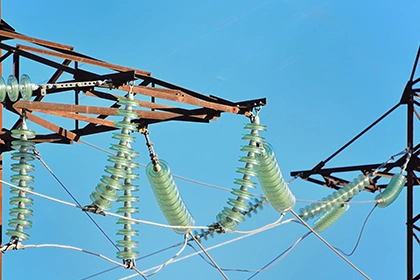
A relay protection tester is a device used to test and verify the performance of relay protection devices in power systems. One of its core functions is protection testing, which aims to ensure that relay protection devices operate correctly under various fault and operating conditions. Below is a detailed introduction to the protection testing function.
The protection testing function is primarily used to verify the response and operation of relay protection devices under different fault conditions. This function typically includes the following aspects:
Fault Simulation:
1. The tester can simulate various power system faults, such as short circuits, ground faults, overcurrent, overvoltage, and frequency deviations.
2. By simulating these fault conditions, the response and operation time of the relay protection device under different fault scenarios can be verified.
Operation Time Testing:
1. The tester can accurately measure the operation time of the relay protection device.
2. By comparing the actual operation time with the preset operation time, the performance and accuracy of the relay protection device can be evaluated.
Characteristic Curve Testing:
1. The tester can plot the characteristic curves of the relay protection device, such as current-time characteristic curves and impedance characteristic curves.
2. By analyzing the characteristic curves, the operation characteristics of the relay protection device under different current, time, and impedance conditions can be understood.
Logic Function Testing:
1. Relay protection devices usually have complex logic functions, such as initiation, delay, and blocking.
2. The tester can verify the correctness of these logic functions to ensure that the relay protection device can correctly execute the predetermined logic operations during actual operation.
Multi-phase Fault Testing:
1. The tester can simulate multi-phase faults, such as two-phase short circuits and three-phase short circuits.
2. Through multi-phase fault testing, the performance of the relay protection device under complex fault conditions can be verified.
Automated Testing:
1. The tester can preset automated testing programs to automatically execute a series of testing tasks.
2. Automated testing can improve testing efficiency and reduce human intervention and errors.
Recording and Report Generation:
1. The tester can record various data and results during the testing process.
2. Detailed test reports can be generated for subsequent analysis and archiving.
Calibration and Verification:
1. The tester can calibrate and verify the relay protection device to ensure its accuracy and reliability over long-term operation.
2. Regular calibration and verification can identify and correct potential issues, extending the device's service life.
Comprehensiveness: The protection testing function can comprehensively verify the performance of relay protection devices under various fault and operating conditions, ensuring their reliability in actual operation.
Accuracy: Through precise measurement and analysis, the operation time and characteristic curves of the relay protection device can be evaluated, ensuring its accuracy.
Automation: The automated testing function can improve testing efficiency, reduce human intervention and errors, and ensure the consistency and reliability of test results.
In summary, the protection testing function is one of the core functions of the relay protection tester. Through protection testing, the performance and reliability of relay protection devices can be comprehensively verified, ensuring their correct operation in actual scenarios.